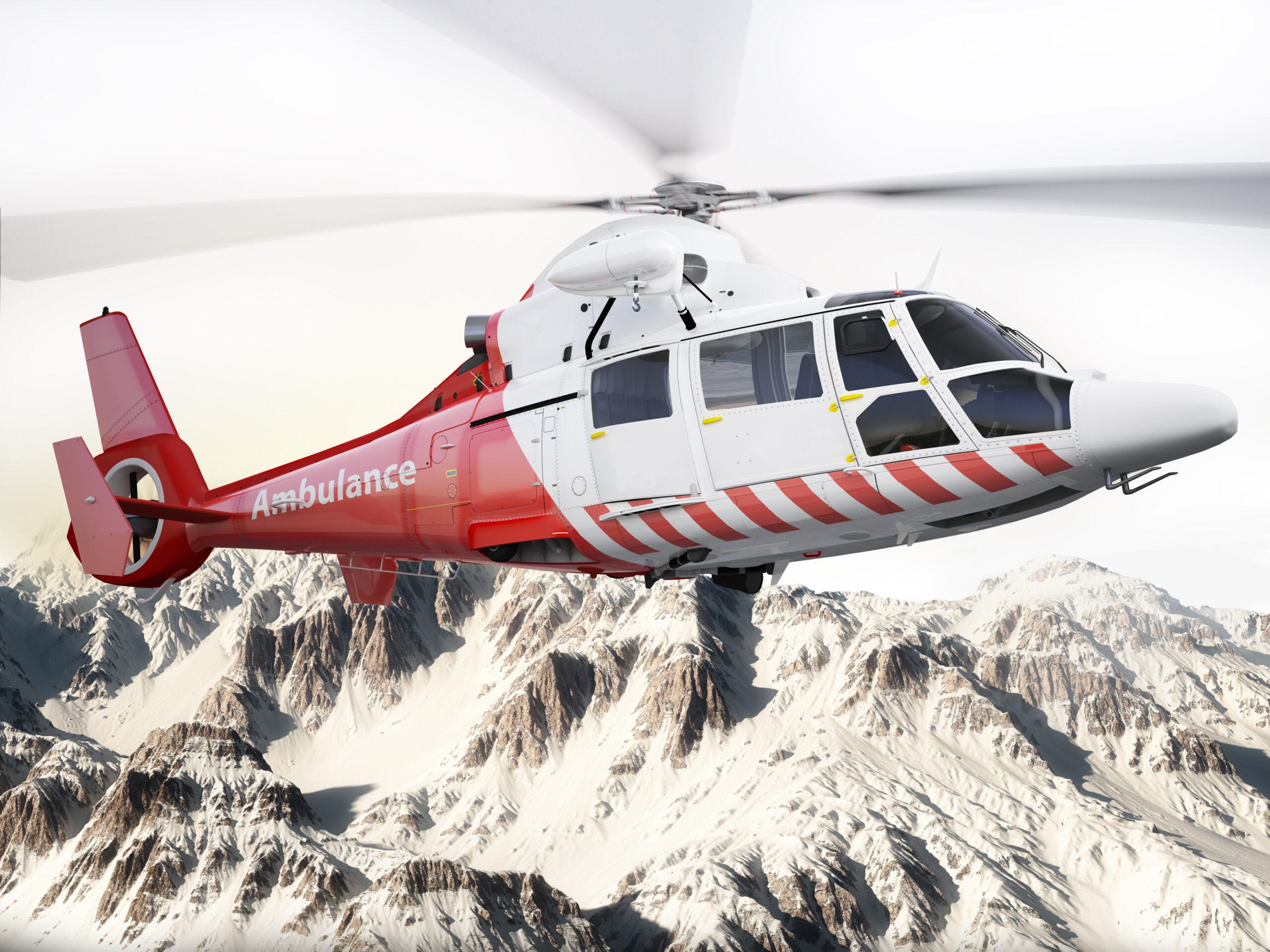Goose Found in Flight Control of Medical Helicopter Crash
February 6, 2024 - Reading time: 6 minutes

A preliminary report by the National Transportation Safety Board (NTSB) revealed a dead goose was discovered within part of the flight control system of a medical helicopter that tragically crashed in western Oklahoma.
The incident resulted in the loss of all three individuals on board, including the pilot and two Air Evac Lifeteam crew members.
The NTSB's report does not currently provide any suspected cause for the crash; however, it did mention that one goose was found within the helicopter’s flight control system. Other geese were also discovered in the debris field surrounding the crash site.
While a final report on the probable cause of this unfortunate accident is expected to take up to two years to complete, the preliminary findings have already sparked significant interest and discussion among aviation experts and enthusiasts alike. The helicopter crashed on January 20th in a pasture near Hydro, approximately 60 miles west of Oklahoma City.
At the time of the crash, the aircraft was en route back to Weatherford after having transported a patient to an Oklahoma City hospital. The tragic loss of life in this incident serves as a stark reminder of the inherent risks associated with aviation and the importance of continued efforts towards safety improvements.
Other Bird Strike accidents
It was supposed to be a routine two-hour flight from Abbotsford to Edmonton for the passengers aboard Swoop Airlines Flight 312. But shortly after takeoff, the plane suddenly filled with loud thuds and the smell of smoke and burning feathers. "Start my goodbye messages in case my phone is recovered after we crash,” passenger Donna-Lee Rayner posted on Facebook.
Thankfully the pilots were able to turn the plane around and land safely back in Abbotsford. But the Boeing 737 aircraft wasn’t so lucky, suffering extensive damage after sucking several unfortunate geese into its engine during its low-altitude climb.
While this incident had a happy ending, it highlights the growing menace of bird strikes which has plagued the airline industry for decades. Experts estimate that over 240 goose-aircraft collisions now occur annually just within the United States, as increasing bird populations collide with more numerous flights crisscrossing North American air corridors during takeoff and landing.
And geese are only part of the problem. From pesky pigeons to regal bald eagles, aircraft today face hazards from all wings of the bird kingdom. Worldwide, an estimated 40,000 cases of bird strikes were reported last year alone. And while most incidents cause little harm, serious structural damage or engine failure can be catastrophic if the plane is flying low after takeoff.
Chesley "Sully" Sullenberger
Back in 2009 the world watched in awe as cool-headed pilot Chesley "Sully" Sullenberger became a hero by safely ditching US Airways Flight 1549 into New York’s Hudson River after multiple geese took out both engines right after takeoff. No lives were lost, but the Airbus A320 involved was completely written off in the river landing.
Other crashes have not had such Hollywood endings. In 1995 for example, an AWACS military surveillance plane crashed near Elmendorf Air Force Base in Alaska, killing all 24 crew members after the Boeing E-3 Sentry struck a flock of Canada geese during takeoff . Investigators believe that ingested geese severely damaged multiple engines, causing a complete loss of power.
And the threat to aircraft seems to increase year after year as North American goose populations steadily rise. There are now believed to be up to 20 million Canada geese ranging across the US and Canada in noisy V-shaped flocks. That’s a fivefold increase since 1970, when strict hunting regulations and conservation efforts caused numbers to rebound. Many now reside year-round near airports located close to the lakes and wetlands that geese prefer.
Making matters worse, aircraft engines have steadily increased in size and power over the years - along with the damage caused by ingesting large birds like snow geese (4-7lbs) and Canada geese (10-15 lbs.). Aircraft manufacturers and regulators now take the threat from bird strikes much more seriously in their designs and safety procedures.
Pilots routine
Pilots today routinely alter climb trajectories on takeoff if radar detects flocks ahead. Airports use noise cannons, dummy predatory hawks, and even border collies to scare birds away from runways and flight paths. Engine fan blades are stress-tested for impacts, and made easier for maintenance crews to replace after such bird damage.
Yet despite all precautions, the sheer volume of North American geese means the problem will likely persist until new technologies provide a solution. One promising experimental approach now being tested mounts a laser cannon on aircraft nose cones. Using lidar sensors to detect deadly birds ahead, software can then target the laser to selectively sweep troublesome flocks out of the flight path.
Early results are promising, but regulators and airlines remain cautious about routinely arming passenger jets with lasers just yet. Until then, flights must continue to face the feathered menace posed by our fine feathered friends. But can we blame geese for flying the very same migration routes and air corridors that have served them well for millennia, long before mankind ever took to the skies?
So while passengers may gripe about delays from emergency landings, it seems geese too have a claim to these aerial corridors far older than any flight plan filed by man. And until we motor on wings of our own invention, their ancient paths will remain our shared skyways for ages to come.

DW Staff
David Lintott is the Editor-in-Chief, leading our team of talented freelance journalists. He specializes in covering culture, sport, and society. Originally from the decaying seaside town of Eastbourne, he attributes his insightful world-weariness to his roots in this unique setting.




